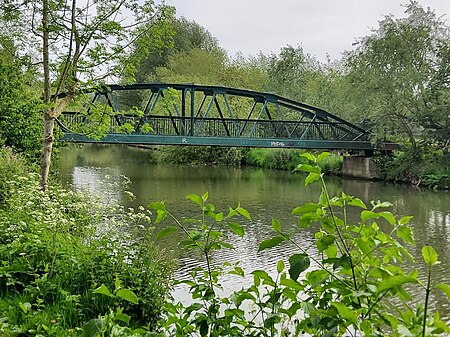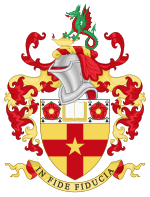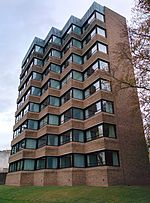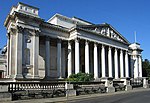Sheep's Green Bridge
Beam bridges in EnglandBridges across the River CamBridges completed in 2006Bridges in CambridgePedestrian bridges in England ... and 2 more
United Kingdom bridge (structure) stubsWooden bridges in the United Kingdom

Sheep's Green Bridge is a footbridge over the River Cam in Cambridge, England. It is the second bridge on the river as it flows into Cambridge. It connects Coe Fen near Sheep's Green and Lammas Land. The bridge was opened in 1910 to replace the chain ferry taking ladies over to the bathing place on Sheep's Green. After deterioration in the bridge's condition it was reconstructed in 2006, the decking was relaid and the steps were replaced with ramps.
Excerpt from the Wikipedia article Sheep's Green Bridge (License: CC BY-SA 3.0, Authors, Images).Sheep's Green Bridge
Sheep's Green Bridge, Cambridge Newnham
Geographical coordinates (GPS) Address External links Nearby Places Show on map
Geographical coordinates (GPS)
| Latitude | Longitude |
|---|---|
| N 52.19523 ° | E 0.11627 ° |
Address
Sheep's Green Bridge
Sheep's Green Bridge
CB3 9PA Cambridge, Newnham
England, United Kingdom
Open on Google Maps









